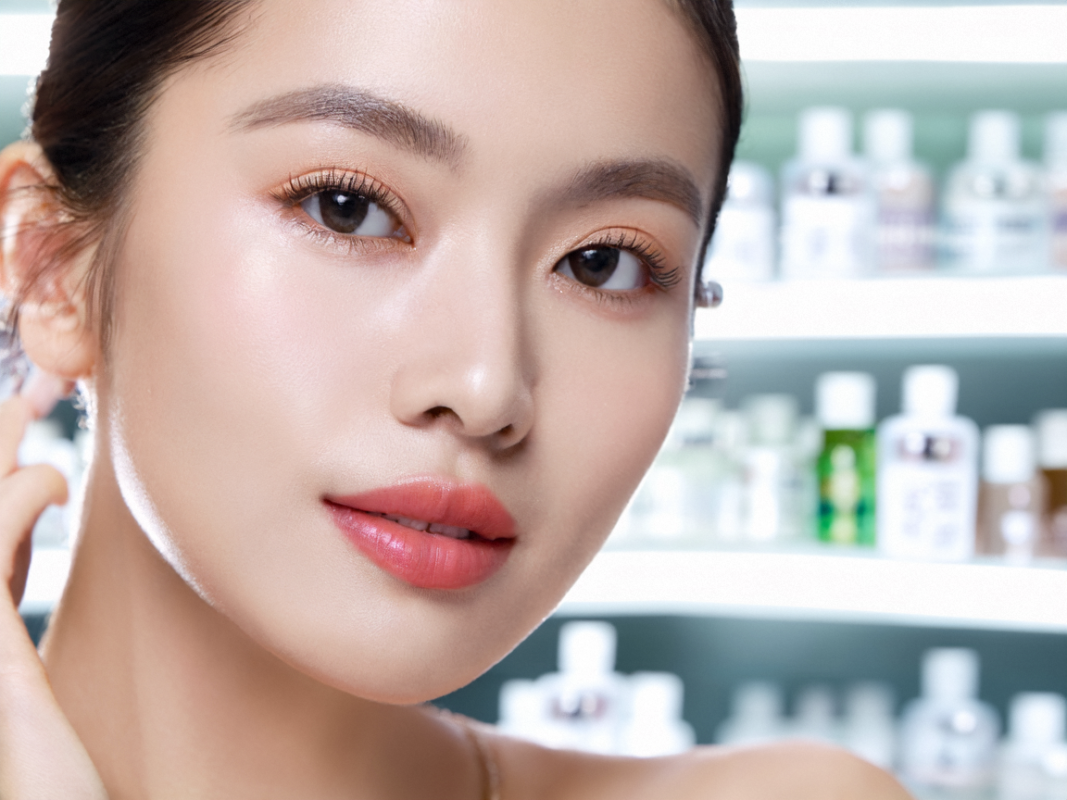Introduction to Acne Patches: Convenient, Affordable, but Not Always Effective
Acne is often persistent, with breakouts repeatedly appearing on the face. For some, acne patches offer a convenient and affordable remedy. However, while acne patches can provide temporary benefits, their effectiveness varies and may not offer a complete solution for all types of acne.
What is an Acne Patch?
An acne patch is typically a hydrocolloid dressing with anti-acne ingredients like salicylic acid and fruit acids. The hydrocolloid material is designed to absorb pus and sebum while providing anti-inflammatory and skin-repairing effects.
Benefits of Using Acne Patches
Prevents Acne Aggravation: Acne patches can prevent the urge to pick or squeeze acne, reducing the risk of inflammation.
Barrier Protection: When applied to open pimples, acne patches block external bacteria, promoting a cleaner healing environment.
Concealment: Acne patches often blend with skin tones, making acne less noticeable and helping maintain a clear appearance for important occasions.
Acne Types That Are Less Effective with Acne Patches
Small Acne – Usually unaffected by acne patches due to small size.
Papule Acne – Red and inflamed but lacks pus, making patches less effective.
Pustules – Acne patches can absorb some pus but may have minimal effect.
Cystic Acne – Acne patches may cause discomfort without providing relief.
Comprehensive Treatments for Acne
Given that acne can have various causes, professional treatment is often necessary. Here are several effective treatments:
- Acne Extraction
Professional extraction tools can help unclog pores and reduce acne.
Proper sterilization and technique are essential for safe results.
- Gold Microneedling
Gold microneedling combines radiofrequency (RF) and microneedles to reduce sebum, stimulate collagen, and speed skin repair.
This treatment targets both inflammation and sebum production, aiding in acne prevention.
- Acid Peels
Using fruit acids like salicylic acid, acid peels help reduce keratin buildup, unclog pores, and control acne.
Concentration must be managed by professionals to avoid skin damage.
- Red and Blue Light Therapy
Blue light therapy combats Propionibacterium acnes, while red light encourages collagen production to fade acne scars.
Combined, they reduce oil production and inflammation without causing skin damage.
- IPL Phototherapy
Intense Pulsed Light (IPL) uses targeted wavelengths to kill acne-causing bacteria, reduce oil production, and address acne scars and hyperpigmentation.
- Fractional Laser Treatment
Fractional lasers create micro-damage that stimulates collagen production, smooths skin texture, and treats acne scars.
Both ablative and non-ablative options are available, varying in intensity and recovery time.
Conclusion While acne patches can offer some benefits, long-term acne management typically requires a multi-faceted approach. Consulting a dermatologist is essential to develop a personalized acne treatment plan. Maintaining a clean, balanced skincare routine can also help prevent acne and support skin health.
















